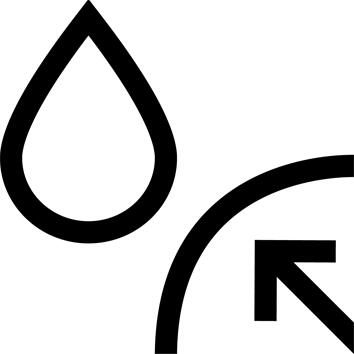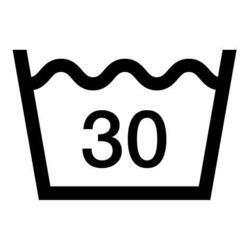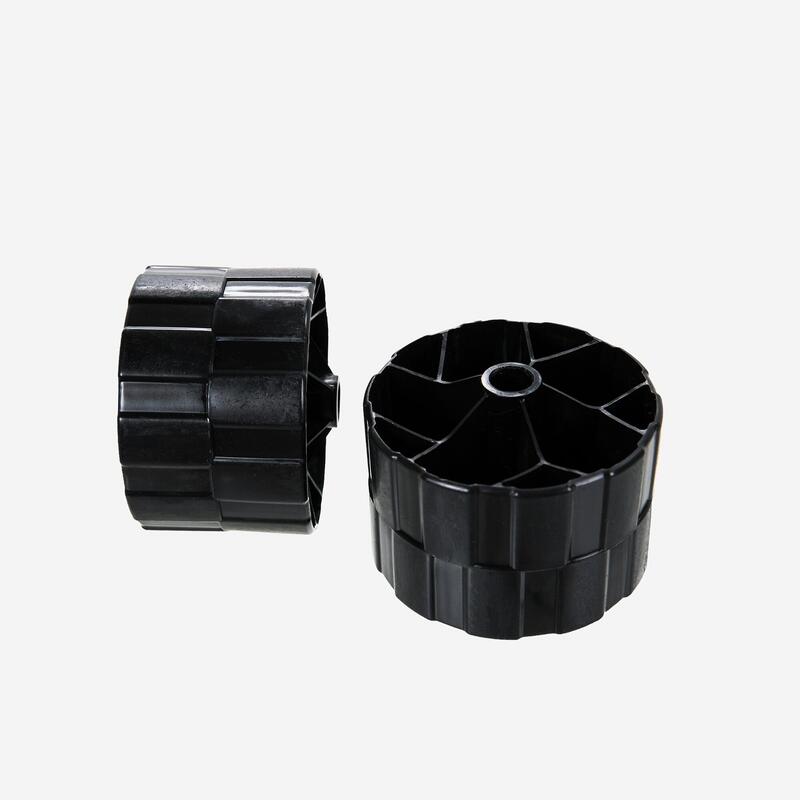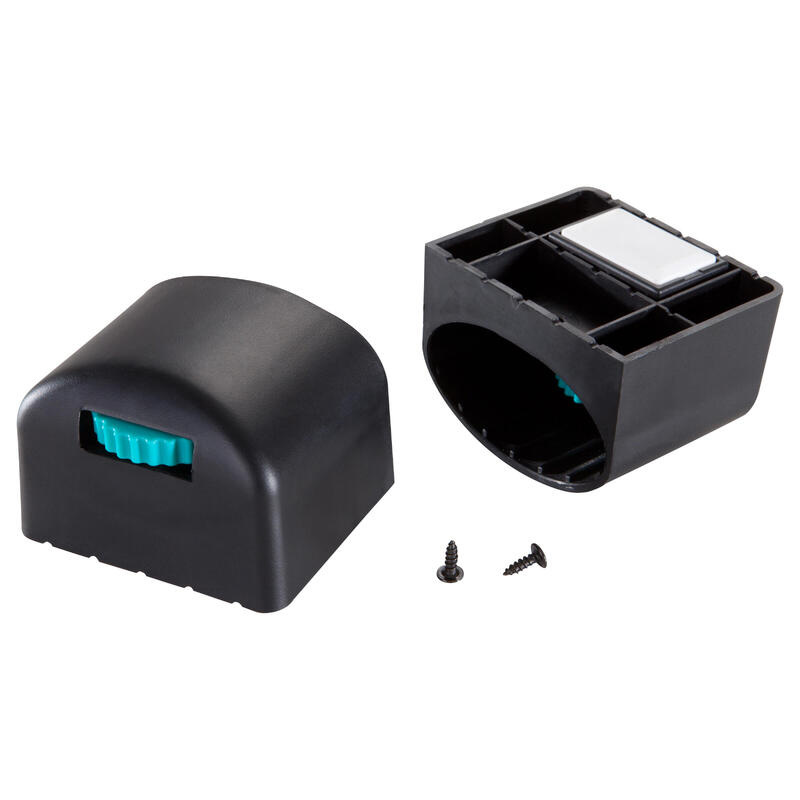Hybrid construction
Combination of a resistant, protective fabric (147 gr/m2 ; 70 Denier) on areas to be protected from chafing (knees, lower legs, buttocks) and a light, breathable fabric (109 gr/m2 ; 20 Denier) elsewhere.
Side zips
Watertight zip with double slider for temperature control and easy on/off of overtrousers without having to remove shoes.
Snaps at waist and ankles.
Protection
Elastic band at the bottom of the leg with silicone inside to improve grip on the shoe.
Hook at the bottom of the leg to attach to the shoe laces to prevent the overtrousers from riding up when walking.
Waterproof fabric
The waterproofness of a fabric, ensured by a coating or membrane, is measured in Schmerber or mm of water (pressure exerted by a column of water). The higher this number, the more waterproof the fabric. The higher the number, the more waterproof the fabric.
This product has 2 waterproof components (JIS 1092 standard):
- A main component resistant to 20,000 mm of water (Schmerbers) before washing
- A secondary component, at the top of the legs, resistant to 20,000 mm of water (Schmerbers) before washing
Waterproof overtrousers
The waterproofness of a jacket is not limited to that of its components: the technique used to assemble the various parts is also an assessment criterion.
Whether thermally bonded or sewn and then waterproofed, the overall waterproofness of your jacket is measured using a shower test developed by Decathlon, which simulates rainfall of different intensities.
For example, these MT500 waterproof overtrousers protect you from a stormy rainstorm in the mountains, 450 liters of water/m²/h for 4 hours.
Breathable fabric
Pour savoir si un tissu est respirant, on mesure sa résistance évaporative RET (test basé sur la norme ISO 11092). Plus la résistance est faible, plus le tissu laisse s’échapper la vapeur d'eau générée par le corps en activité, donc plus le tissu est respirant.
On considère que si :
* RET < 9 = tissu très respirant
* 9 < RET < 12 = tissu respirant
Voici les valeurs de respirabilité du sur-pantalon Trek 700 :
RET < 8 pour le tissu le plus léger
RET < 12 pour le tissu le plus résistant
Water-repellency information and how to reactivate water-repellency?
A fabric's water repellency is its ability to let water slide off its surface without absorbing it.
This means your product won't become waterlogged, and remains light and breathable. Water repellency is achieved by a treatment applied to the outer face of the fabric, but in use these properties can be altered.
Water repellency can be reactivated by tumbling the jacket for 10 min at low temperature.
You can also use FORCLAZ water-repellent (ref. 855490).
















